Starting out on your knitting journey is something you’ll always remember, so make sure that your new hobby goes glitch-free by watching some of the very best knitting videos available, and best of all, they are all free!
Let’s Knit Together has made 15 starter videos available for free so beginners like you can learn how to knit in super-simple steps at your own pace with the help of Julie Peasgood and Neti Love. You don’t need to watch all 15, simply pick and choose the ones you think are most relevant to you. Shall we take a little look at what videos are available? Don’t forget, if you love watching these videos and feel inspired, you can access 80+ videos by joining the Let’s Knit Together club for just £1.
If you’re a knitter with a little more experience, we also have five more FREE videos available to you right here.
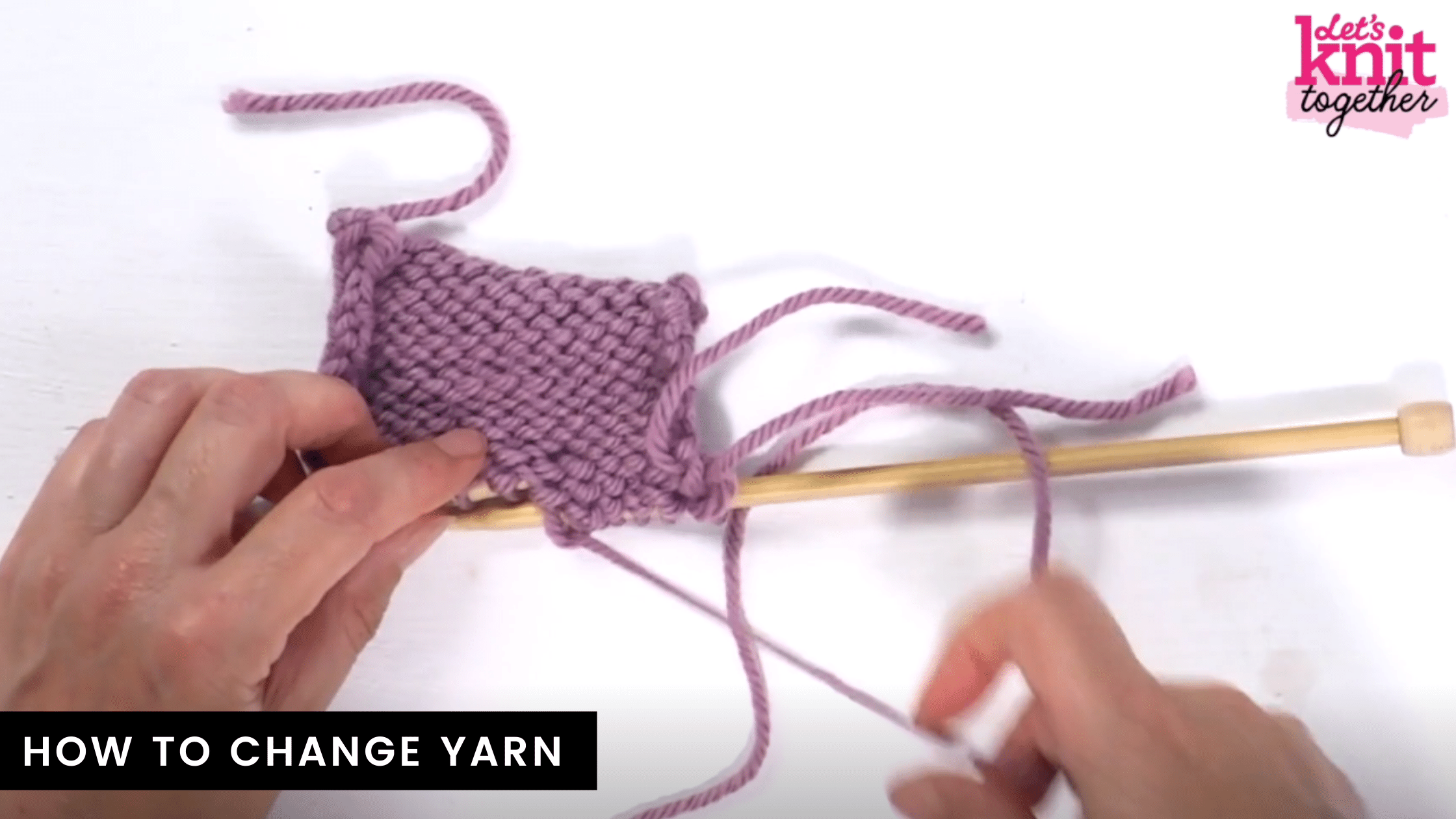
How to change yarn
You’re going to have to join a new ball of yarn at some point, so plan to do this at an edge, where it is easier to weave in the ends later. Once you know how to change yarn, you can also change colour!

How to cast off purlwise
It’s common to cast off stocking stitch knitwise, but you can also cast off stitches purlwise, which leaves a flat neat finish on the purl side. It’s also good to know how to do this in case you need to cast off in pattern, such as on a ribbed collar.
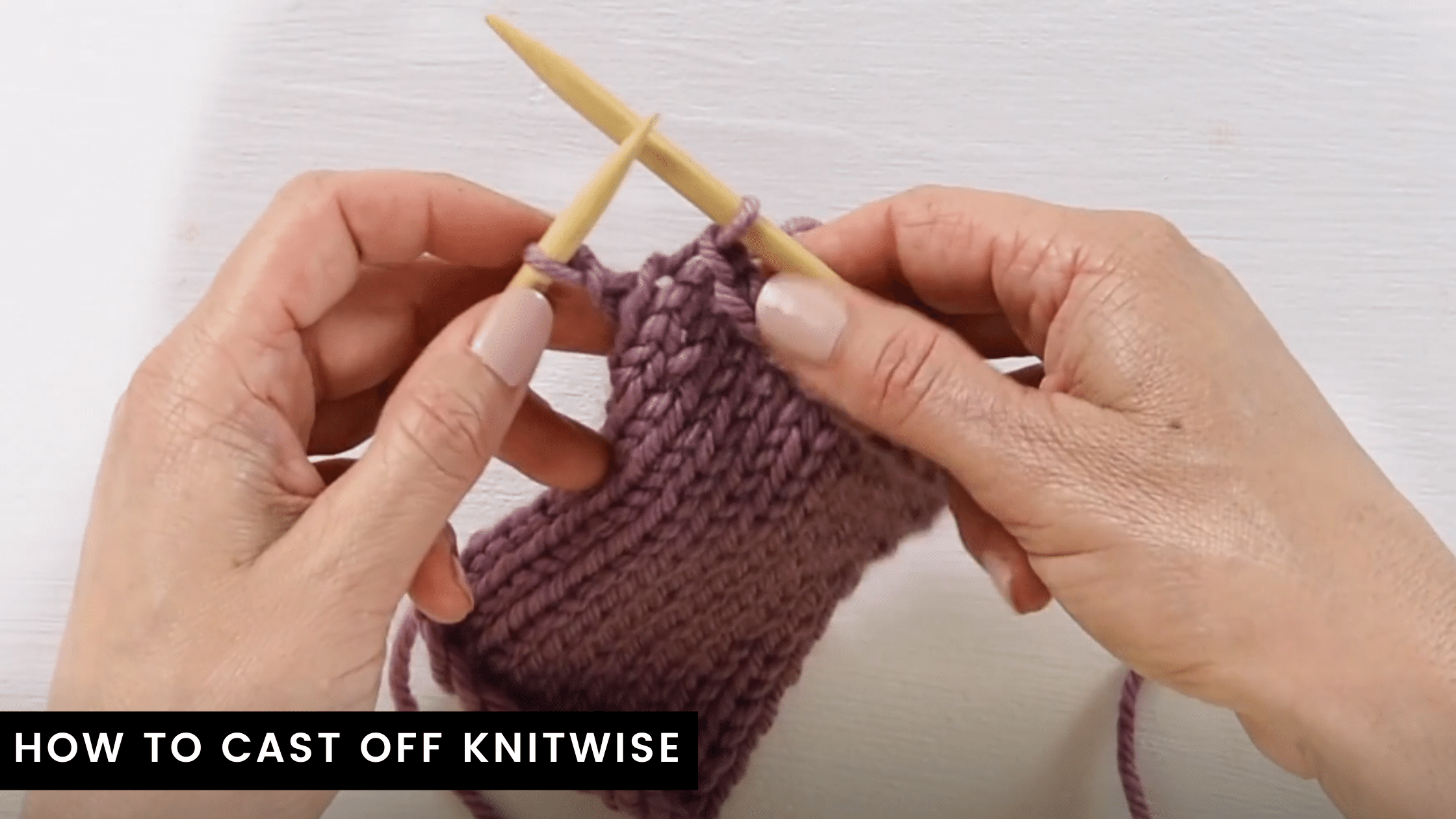
How to cast off knitwise
At the end of a pattern, you’ll want to cast off all the stitches on your needle, leaving a neat edge. Here, we show you how to cast off on a knit row.

How to decrease purl stitches (p2tog)
To decrease purl stitches, you may see pattern p2tog as an abbreviation meaning to purl two stitches together. This creates a right-leaning decrease on the front of stocking stitch fabric.

How to decrease knit stitches (k2tog)
To reduce the number of stitches on a knit row, pulling the shaping into the right, you’ll often see ‘k2tog’ towards the end of the pattern row. This means ‘knit 2 stitches together’ as one.
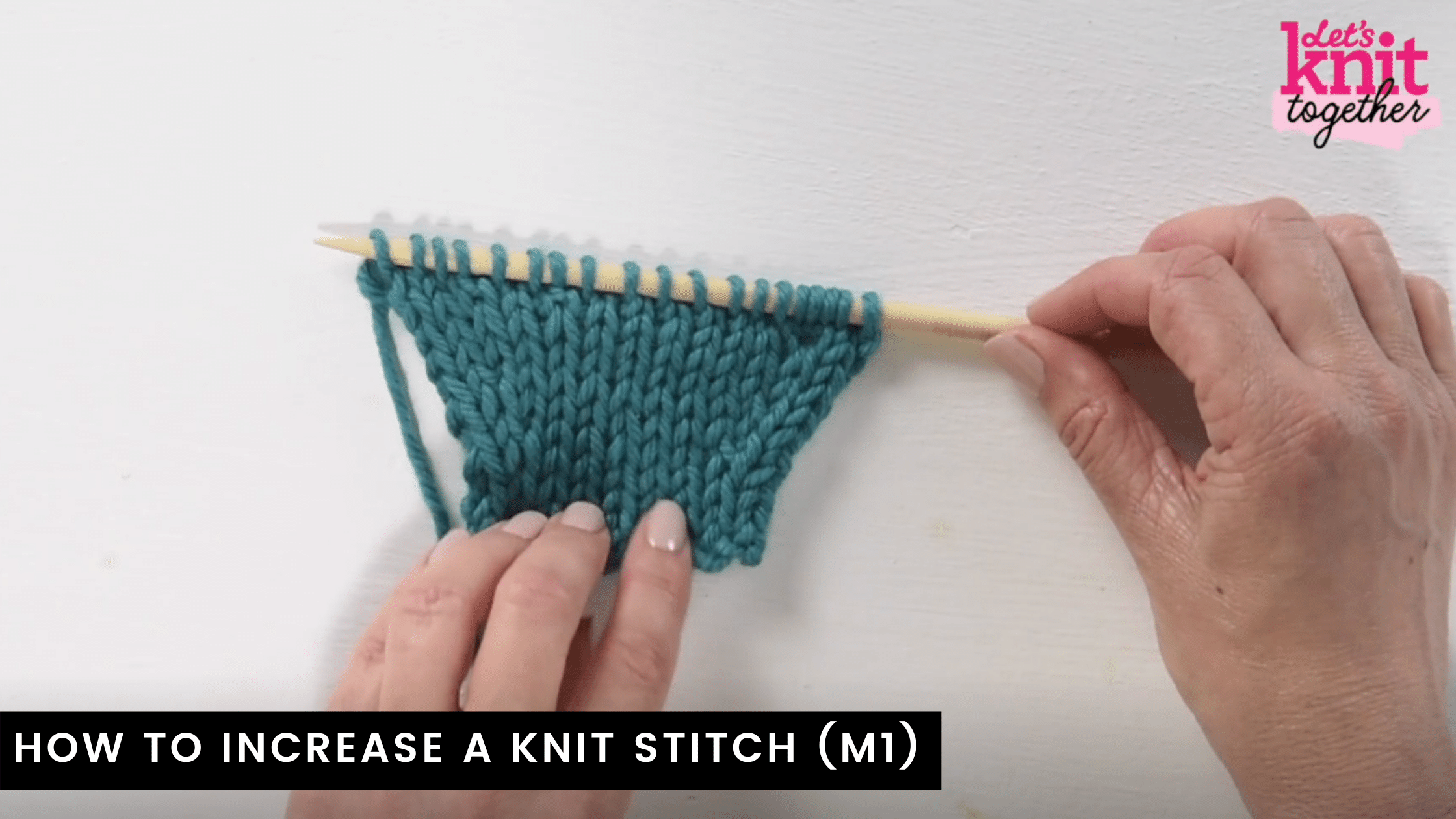
How to increase a knit stitch (m1)
When you see m1 in a pattern, this is asking you to increase your stitch count by one stitch. It is a left-leaning increase in stocking stitch, and is worked using the horizontal bar between stitches.
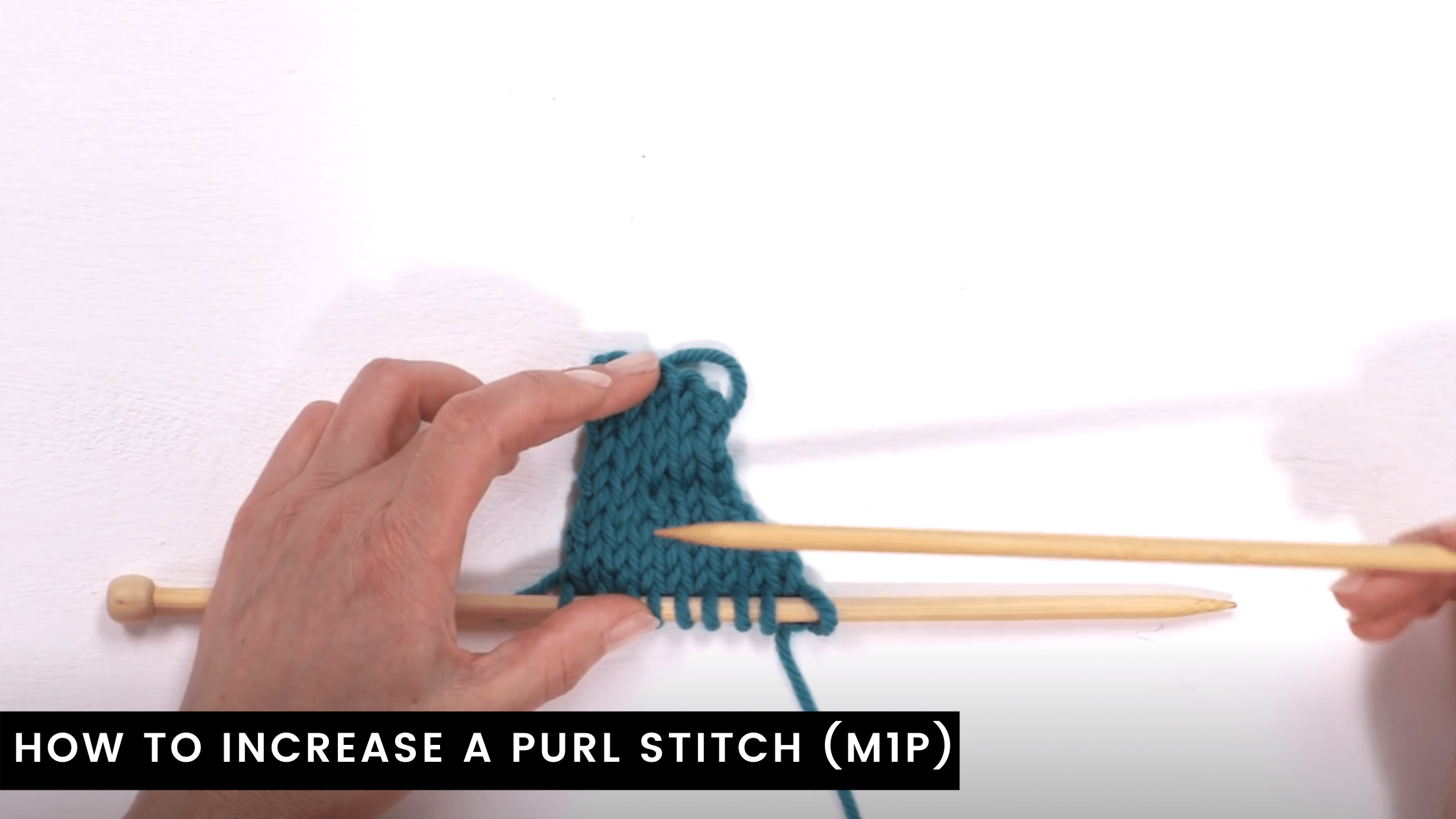
How to increase a purl stitch (m1p)
Increase a stitch on the purl side of your knitting by picking up the horizontal loop between stitches and purl into the back of it for a left-leaning increase on the right side.

Your basic knit kit
Apart from the yarn for your project, there are a few essentials and some inexpensive extras that will come in handy to help with your knitting, depending on what sorts of items you want to knit.
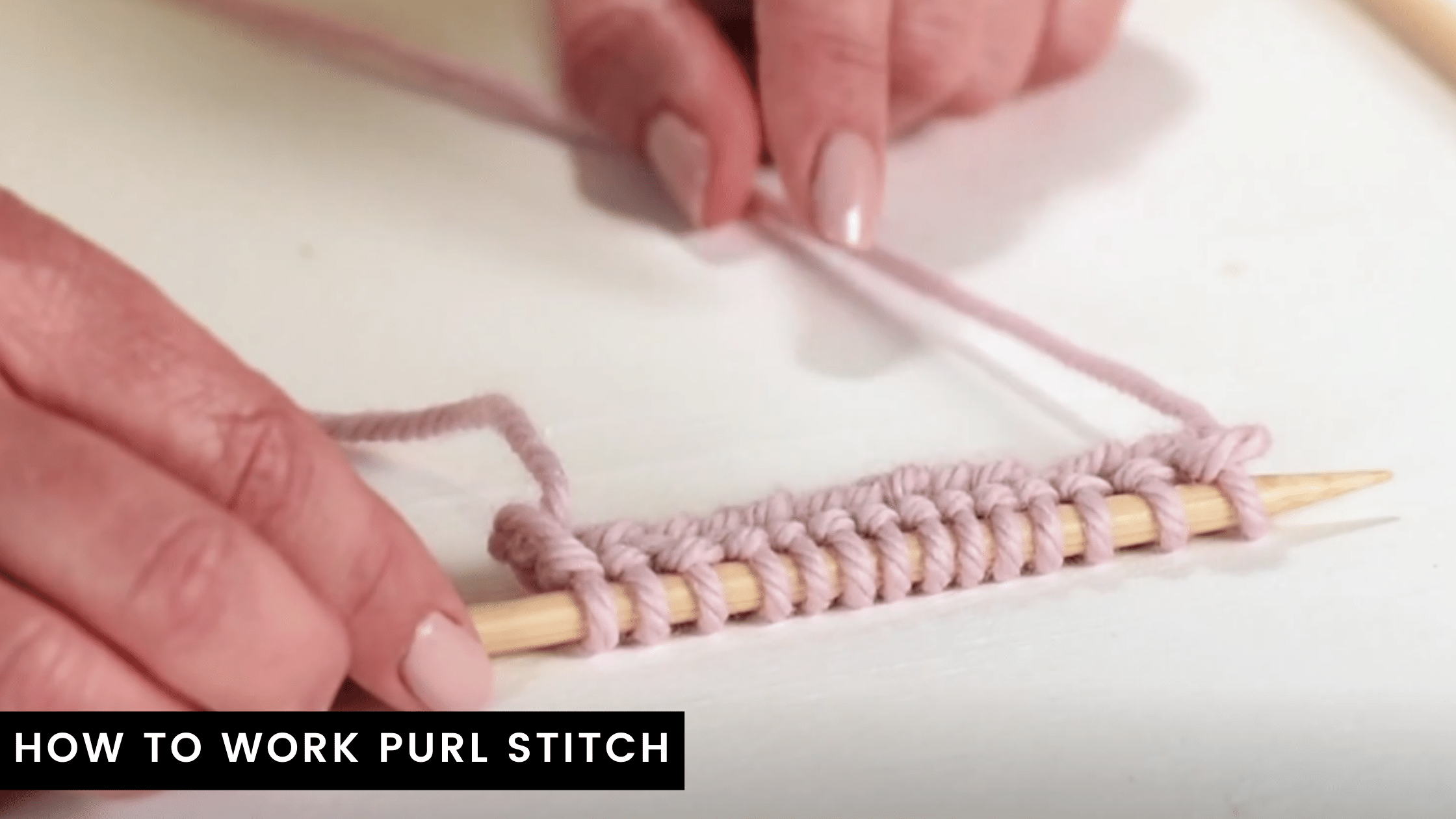
How to work purl stitch
Purl stitch is an essential in knitting and is often alternated with knit stitch – together, these two easy stitches are the bedrock of most knitting patterns, so practise your purl in rhythmical rows to start with.

How to work knit stitch
Knit stitch is the most basic stitch in knitting, so it’s a good one to get under your belt – you’ll then be ready to combine it with other stitches for an endless variety of effects.

How to read a pattern
Let’s take a look around a typical pattern to see the type of information it contains, from equipment and how much yarn, to the stitches and making up.

How to read a ball band
The ball band contains a wealth of information, from meterage to recommended needle size, and if you want to make an item in a different yarn to the pattern, it’s helpful to know what to consider.
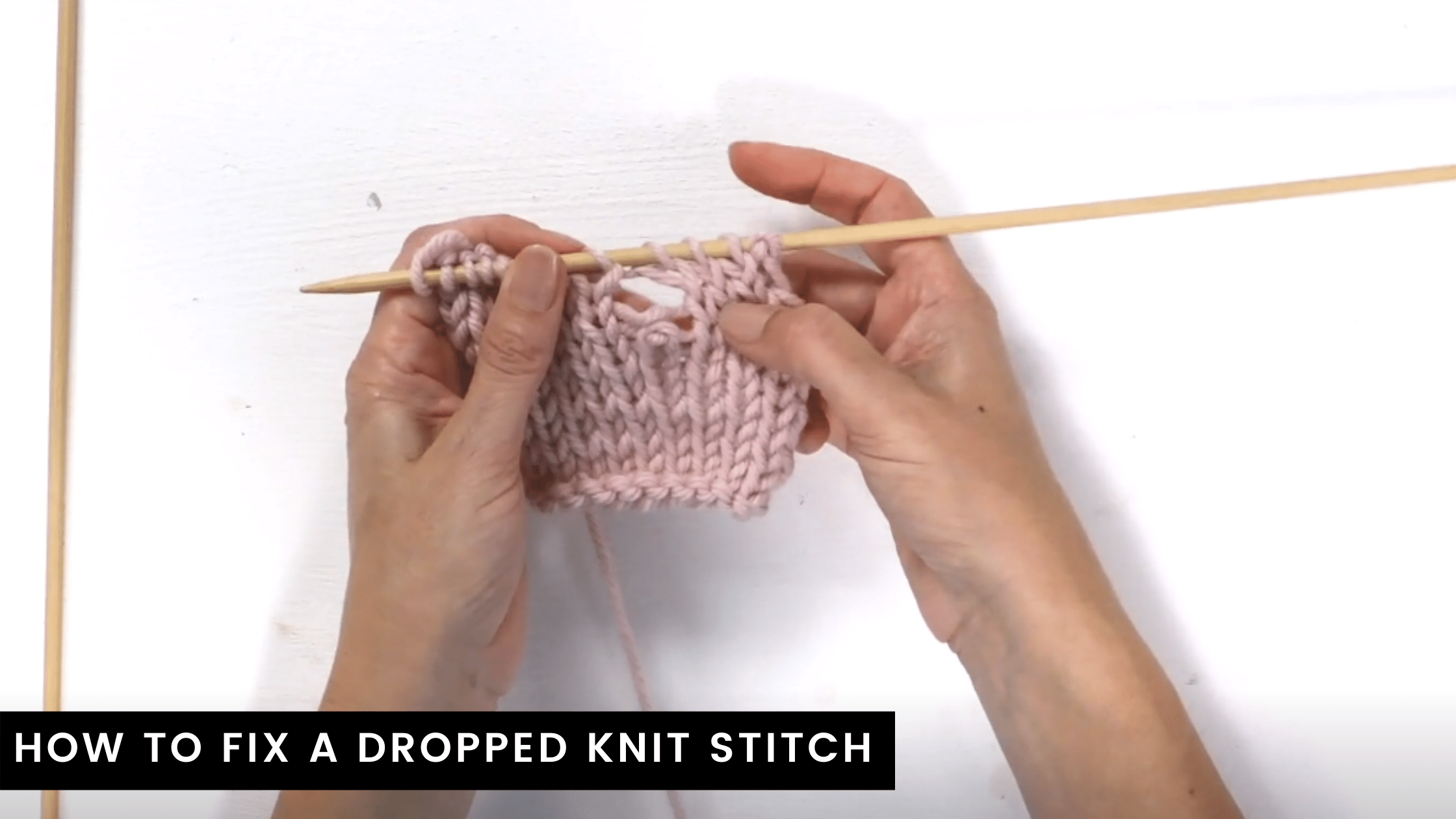
How to fix a dropped knit stitch
As soon as you spot a dropped stitch, put a stitch marker in it and anchor it to another stitch to stop it unravelling further. Grab a crochet hook and here we’ll show you how to fix this.
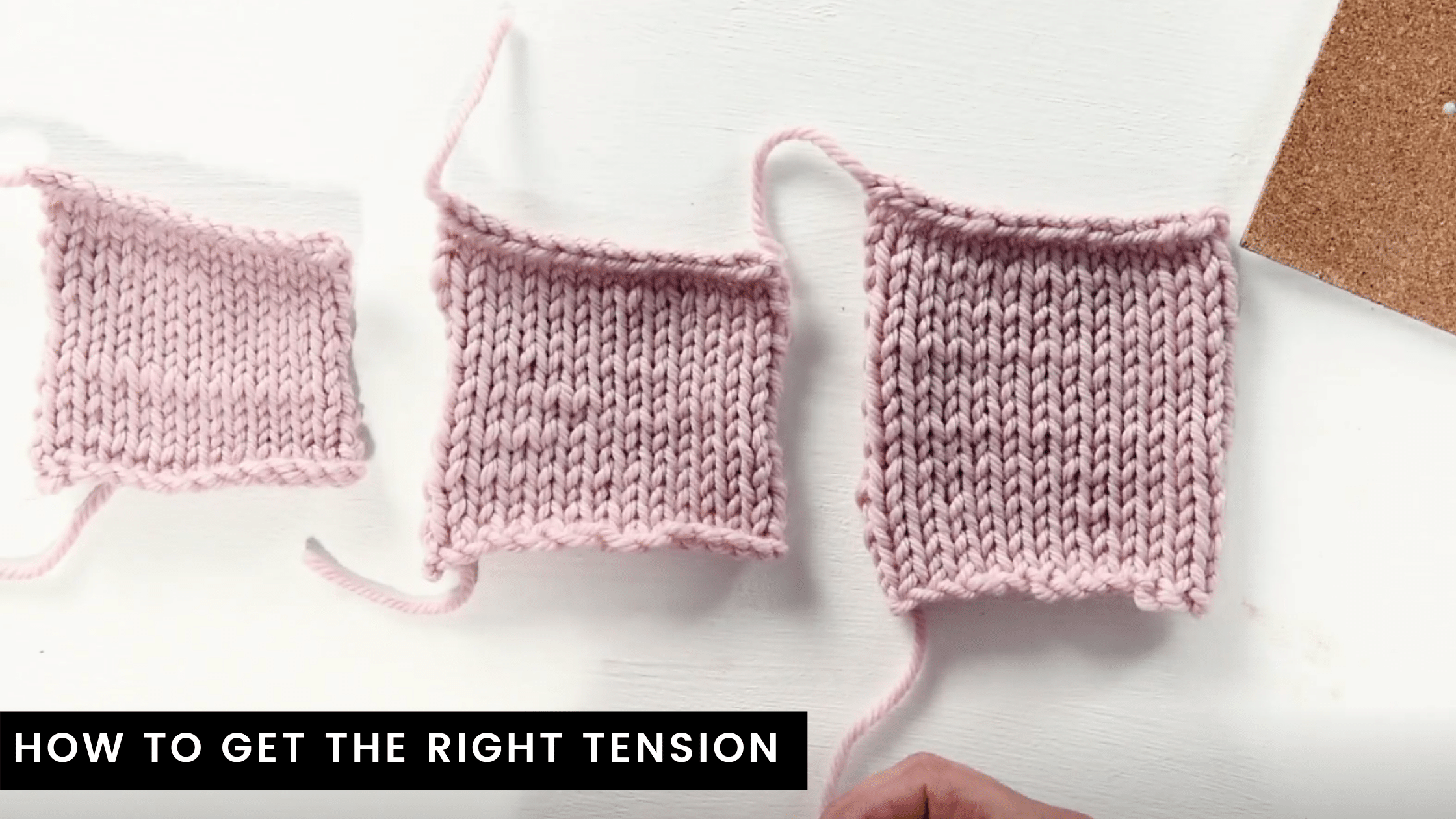
How to get the right tension
Tension in knitting refers to how many stitches and rows fit in a certain area. See how to match what is specified in a pattern – if given – to make sure your garment ends up the right size.

How to hold knitting needles
Holding your needles and yarn comfortably will help you to knit more smoothly, quickly and accurately. There are a couple of ways, so experiment and see what suits your natural style the best.


_900_470_c1.png)



_333_180_c1.png)
_333_180_c1.png)

_333_180_c1.png)
 Baby
Baby
 Toys
Toys
 Garments
Garments
 Crochet
Crochet
 Homewares
Homewares
 Dolls
Dolls



Share